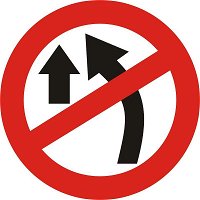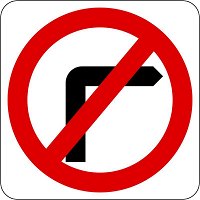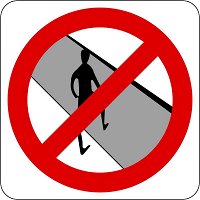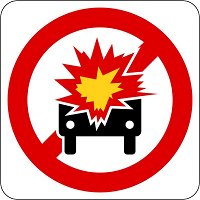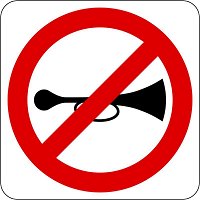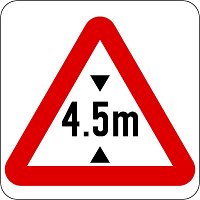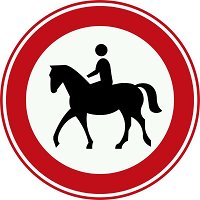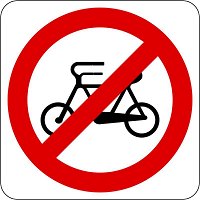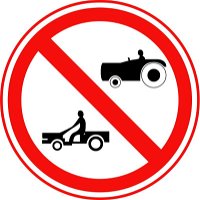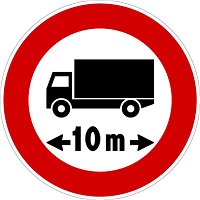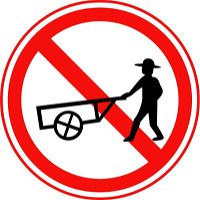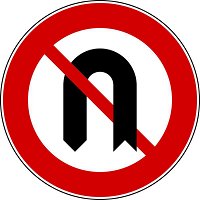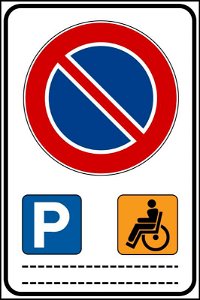Quiz Answer Key and Fun Facts
1. Entering
2. Overtaking other vehicles
3. Turning right
4. Walking on the road
5. Carrying dangerous goods
6. Honking your horn
7. Carrying high loads
8. Riding horses on the road
9. Riding a bicycle on the road
10. Driving a tractor on the road
11. Driving an overlength vehicle
12. Pushing a handcart on the road
13. Making a U-turn
14. Parking unless handicapped
15. Tailgating
Source: Author
looney_tunes
This quiz was reviewed by FunTrivia editor
stedman before going online.
Any errors found in FunTrivia content are routinely corrected through our feedback system.


